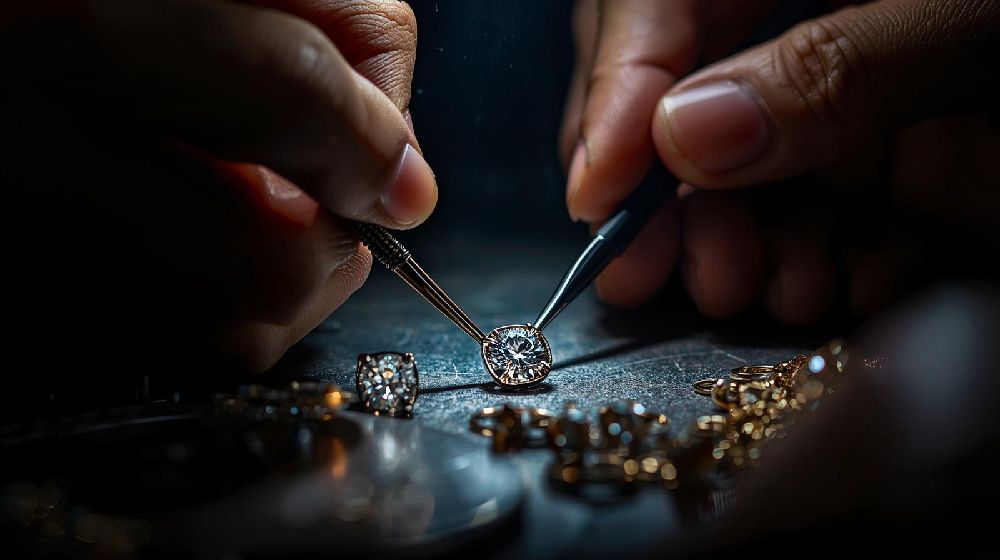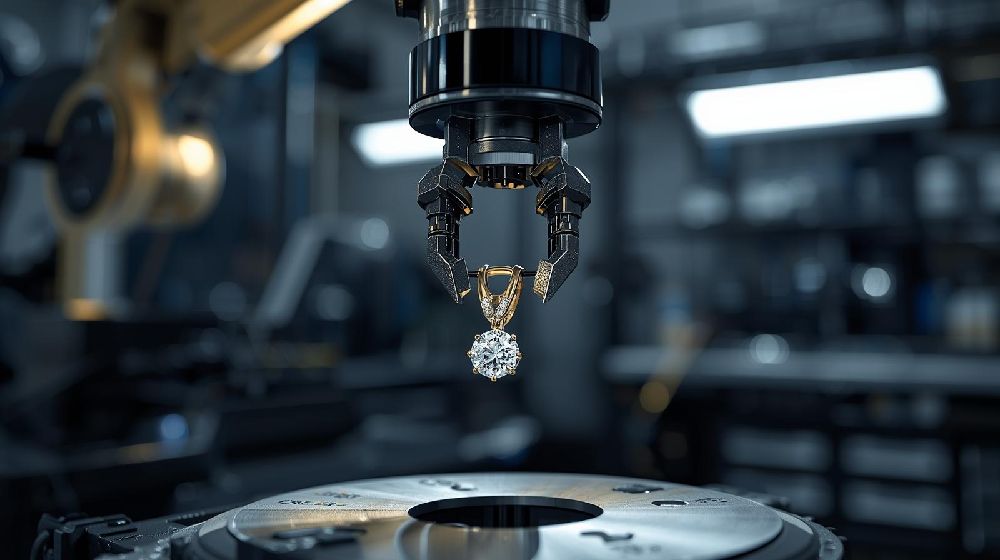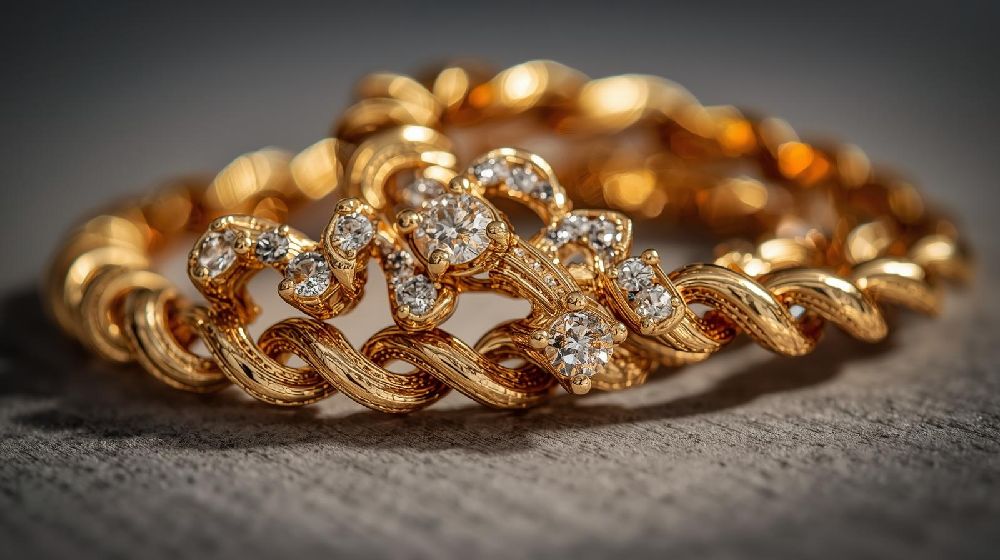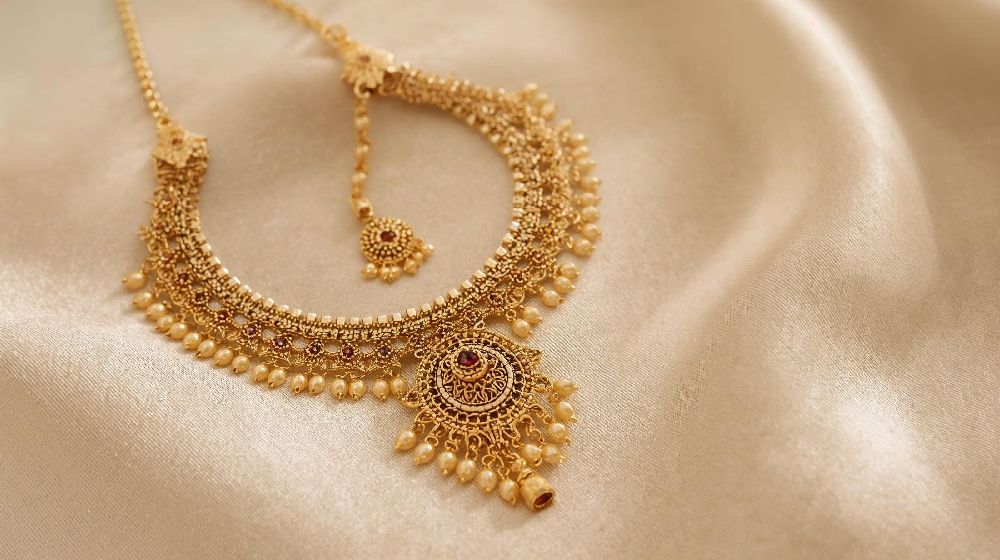
In today’s jewelry industry, beauty isn’t born by chance — it’s engineered with precision. Every curve, polish, and setting represents not just creativity but technical mastery. The modern jeweler is as much an engineer as an artist, blending advanced machinery with the timeless touch of human craftsmanship. This harmony between art and engineering is what defines the true beauty of fine jewelry today.
Precision in Design: The Foundation of Perfection
The journey of an exquisite jewelry piece begins long before it shines in a display case. It starts with precise design — where CAD software and CNC machinery come together to turn imagination into measurable form. Every dimension, angle, and depth is digitally mapped to ensure accuracy that human hands alone could never achieve. This technical foundation allows complex structures and seamless symmetry, enabling bold creativity without compromising strength.
Technology Meets Craftsmanship
Modern jewelry workshops thrive on synergy — between machines that guarantee precision and artisans who perfect the finishing. CNC engraving, laser welding, and 3D prototyping have transformed the way designs are executed. Yet, it’s the skilled craftsman who brings life to metal — softening sharp cuts, balancing weights, and adding the emotional depth that machines cannot. This collaboration ensures each piece isn’t just flawless but soulful.
Durability Through Engineering
Engineering elegance also means ensuring longevity. Every clasp, hinge, and stone setting must be calculated for durability as well as design. Whether it’s the strength of a laser-welded joint or the resilience of a gold alloy, technical know-how guarantees that beauty endures. Through metallurgical testing and quality assurance, jewelry today achieves a level of precision once reserved for high-end engineering industries.
Innovation as an Art Form
The modern jeweler’s toolkit is constantly evolving — from AI-assisted modeling to micro-level polishing. Technology doesn’t replace tradition; it refines it. By embracing innovation, jewelry makers are creating forms once thought impossible — ultra-light bangles, seamless finishes, and intricate openwork designs that merge mechanical accuracy with artistic intuition.
Conclusion: When Science Becomes Art
In the evolving world of fine jewelry, engineering has become a language of beauty. It translates vision into structure, imagination into wearable art. The brilliance of modern jewelry doesn’t lie only in its sparkle but in the precision that supports it. Because behind every elegant creation is an engineer’s logic — ensuring that every detail stands the test of time, and every design reflects the perfection of both art and science.





